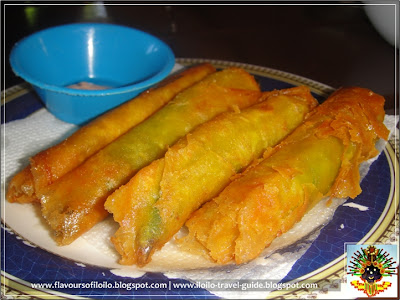It’s my kind of pata – soft that it almost melts in your mouth with a sour and sticky broth that clings to the side of your mouth! Finally, I’ve been to this hole-in-the-wall that has been an open secret to gastronomes in Iloilo City.
However I am “years” late as this former roadside carinderia in Mandurriao now has more comfortable accommodations, a big improvement from what it had been. But the people still come in droves as long lines of parked cars along R. Mapa street often pinpoints the restaurant to first timers. What formerly was their dining area is now the receiving area as they already built an al fresco eatery.
Set up in what formerly could have been the front lawn is a testament of how strong the business was during their “carinderia” years. Now they have elevated into a “restaurant” status with its relaxed al fresco ambiance brought about by the wooden benches and tables
What’s available for that day is listed on the menu but their signature pata is always on the list. My first impression was that it was a clean, almost sterilized, pata. The broth is lightly hued – I think they controlled the achuete (?) unlike others that it is almost bordering orange.
The soup is moderately thick, with just the right tang and again it is clean. The pata – cow’s knuckles with tendons and skin almost melts in the mouth yet still one can still bite into it. It’s almost the pata I’ve been dreaming of since then and for only PhP55/a bowl, it will always be a dream come true.
On the side we also had their chili fingers which is a cheese filled chili rolled in lumpia wrapper then fried. And it wasn’t spicy after all – just a delicious blend of the creamy goodness of the cheese, the tartness of the chili (seeds taken off) and the crispiness of the whole “finger” that I finished my share after realizing it came with a dip.
Another (late) gastronomic discovery unfolded right before my eyes – a hole in the wall frequented by foodies from all walks of life, twice wrapped cheesey delight and a pata that made my cholesterol dreams come true. And I will surely be back at Ped Bacs!
Ped Bacs Kusina is along R. Mapa Street in Mandurriao near the Old Airport junction. It is most accessible via jeepneys (from the downtown Iloilo) with signboards MOLO-MANDURRIAO or MANDURRIAO-AIRPORT. You can reach them through Tel. No. 321-2875









